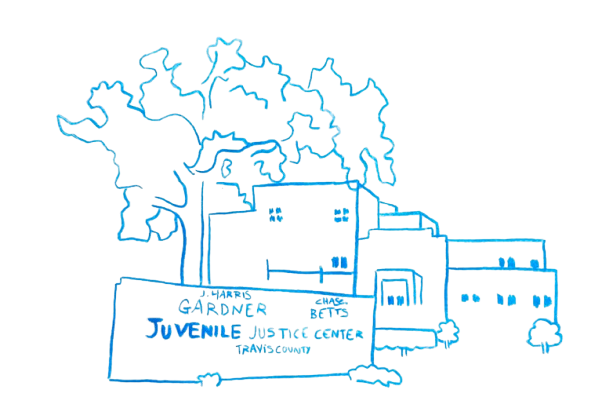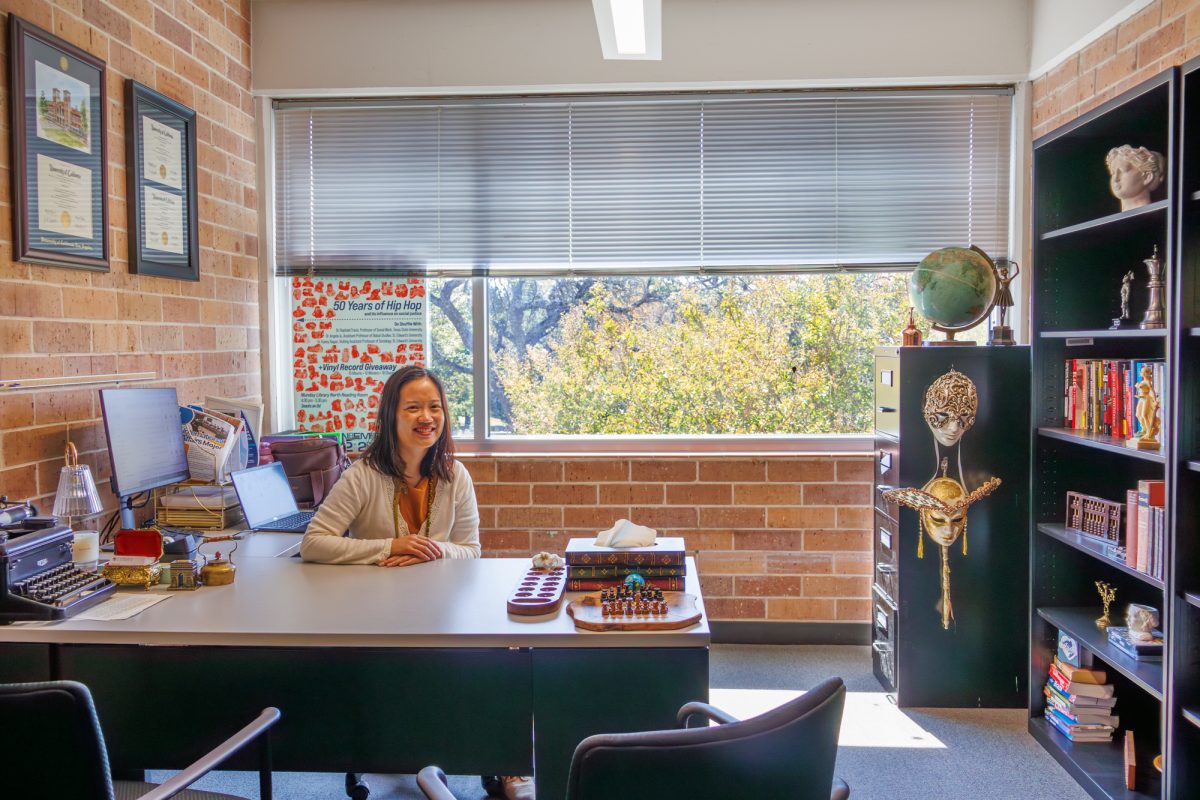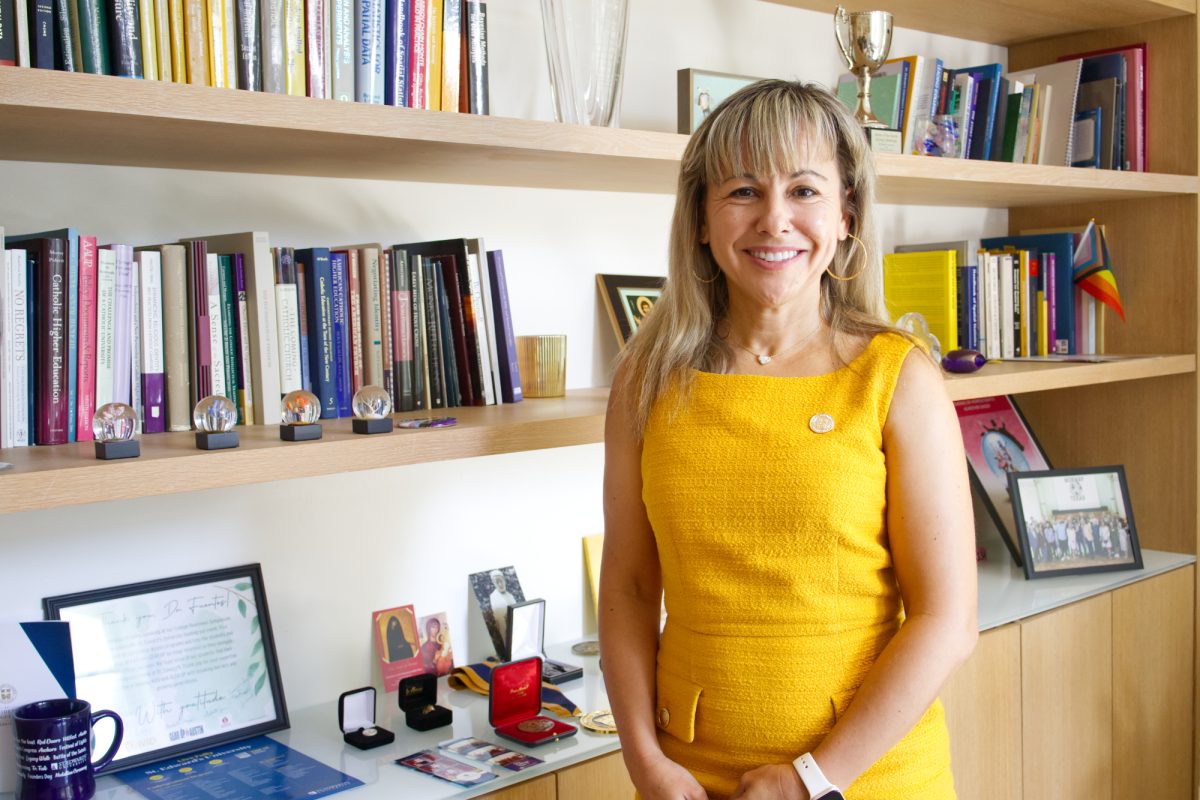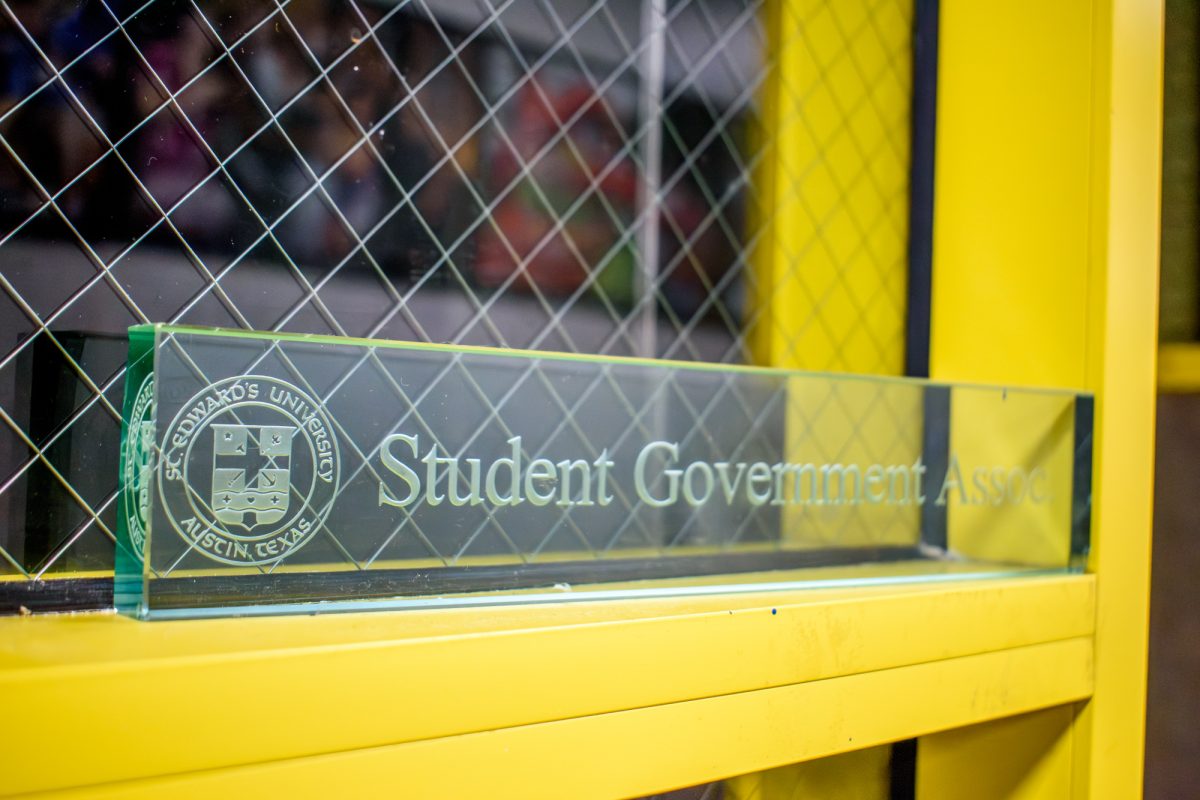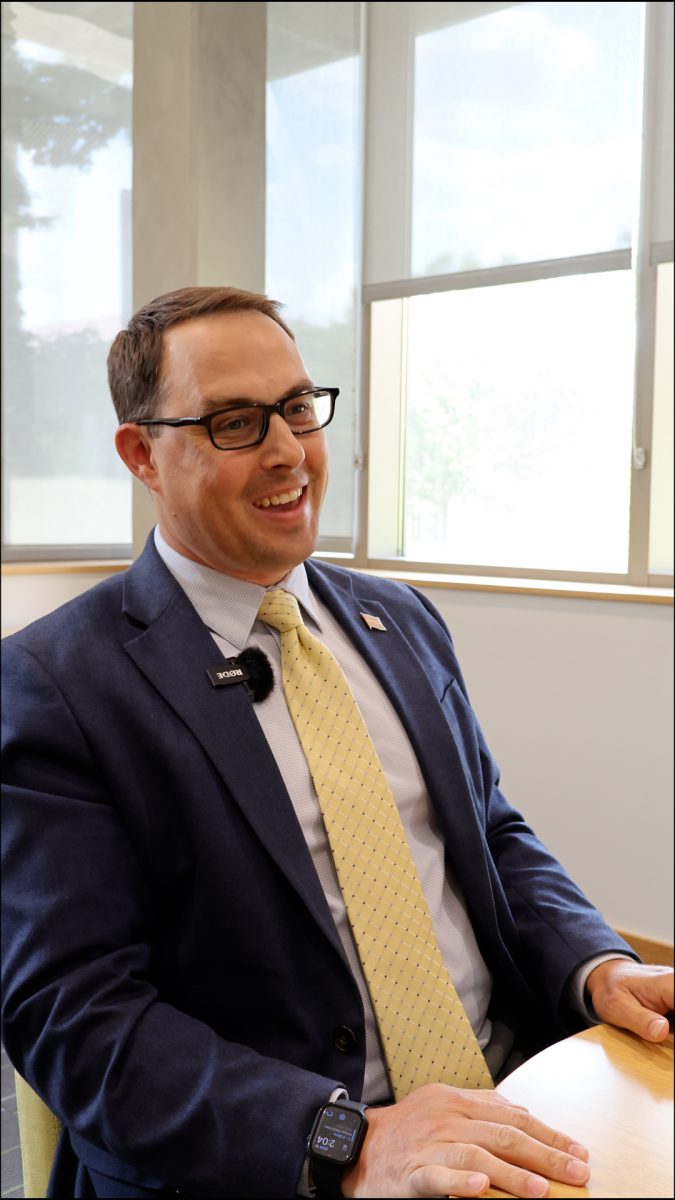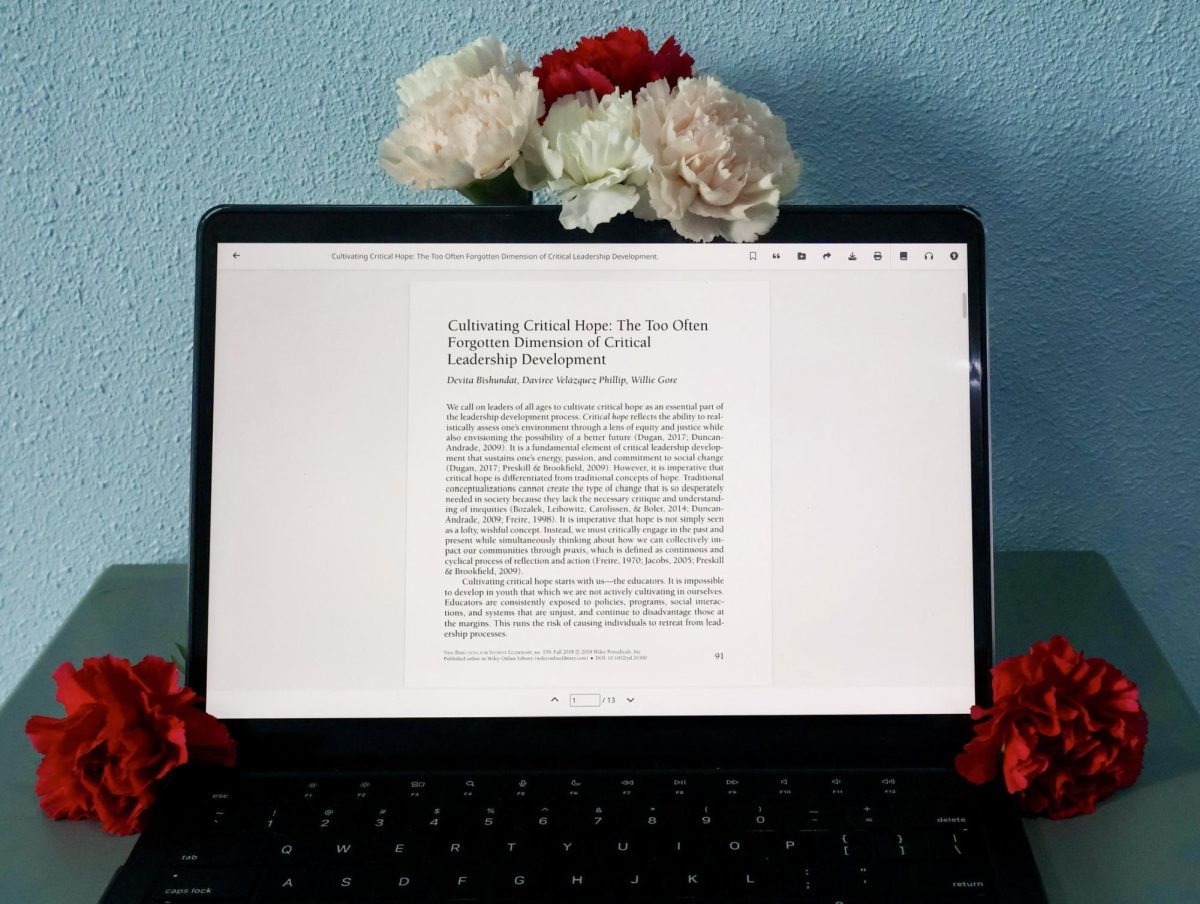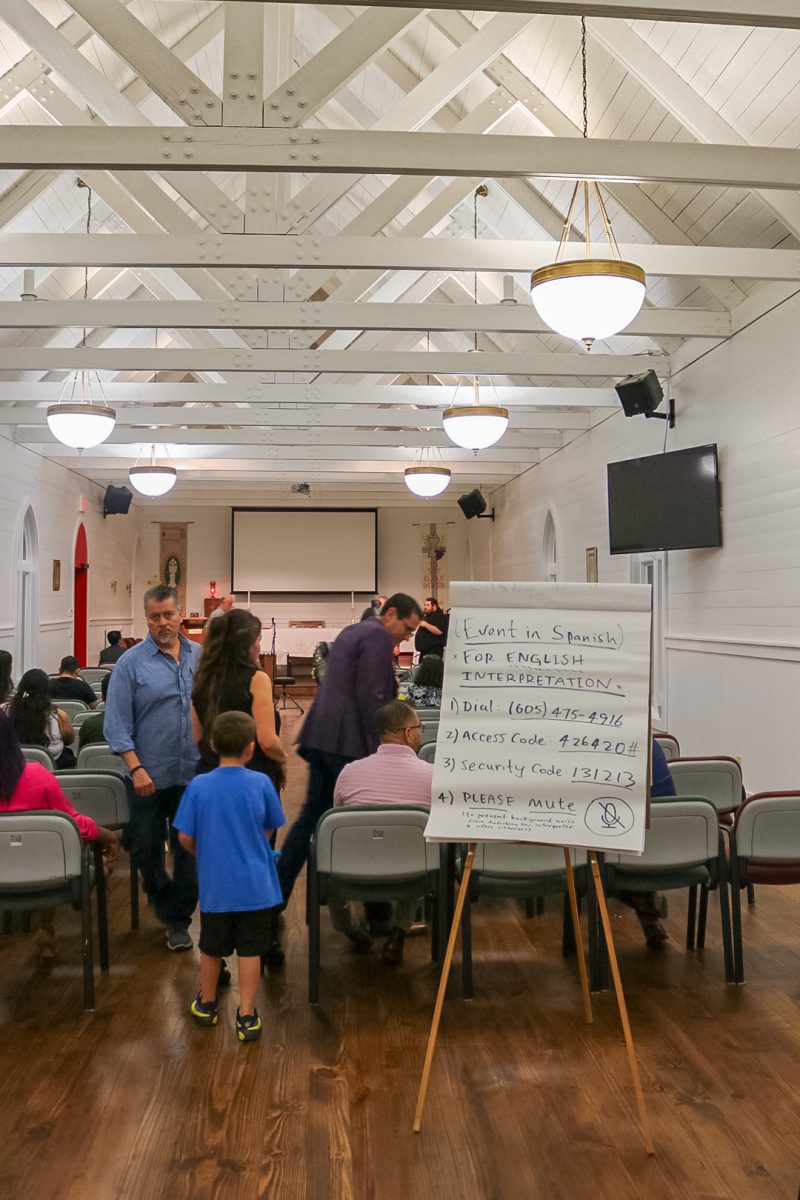Occupants of the five Texas youth detention centers face physical, mental and emotional abuse. While conditions get worse, the rate of children admitted to facilities with inadequate care continues to climb.
Occupants and staffing issues in juvenile facilities
Across Texas, there are around 600 occupants in juvenile detention facilities, a number that’s decreased exponentially since 2007, when there were over 5,000 imprisoned youth. After experiencing a dip in juvenile detention rates during the COVID-19 pandemic, the numbers have since reached pre-pandemic quotas. Although the numbers have decreased since past records, the reported needs of the children have expanded past what the Texas Juvenile Justice Department is able to provide.
Inhabitants of TJJD facilities are between the ages of 10-19.
A large portion of youth in need of care are turned away due to low staffing of TJJD, which has experienced a significantly high turnover rate with juvenile correction officers. According to Dallas News, a “January report by the Texas State Auditor found a 71.8% turnover rate among juvenile correctional officers last fiscal year. That’s up from 70% in 2022 and nearly four times the statewide employee turnover rate of 18.7%.” TJJD, which uses a 1:8 staff to youth ratio, is unable to open beds for youth needing care. There are 1,800 beds across statewide facilities, “However, TJJD must leave a majority of these beds vacant because they are either unneeded or they are unavailable to reduce risk,” as stated in the TJJD Rider 41 Report: State Facility Overview.
The report outlines that between all five facilities in Texas, they are, on average, 143% over capacity.
Conditions in the Texas Juvenile Justice Department’s facilities
The U.S. Department of Justice Civil Rights Division and the U.S. Attorney’s Offices for the Districts of Texas launched an investigation into TJJD’s facilities and practices, culminating in a 72 page document that chronicles allegations and findings against TJJD. According to the Investigation of the Texas Juvenile Justice Department, “… We find that conditions in TJJD’s secure facilities cause children serious harm and violate the Constitution. Children are regularly subjected to force, both physical and chemical. They spend prolonged time in isolation, exposing them to mental health consequences like suicidal ideation. And they are not reasonably safe from sexual abuse by staff and other children.”
First, the document addresses TJJD’s physical abuse against the children, saying, “Our review of video footage and incident reports shows that staff routinely use force that causes “the unnecessary and wanton infliction of pain” and is excessive in relation to any legitimate government purpose. This violates children’s constitutional rights.” It then follows with the use of pepper spray in TJJD facilities being used “excessively” and without “adequate decontamination procedures,” which can lead to rashes, blisters, cornea damage, vision loss and in some cases, death by suffocation. The staff are equipped with MK-9 pepper spray, with an intended use for large crowds.
In most cases, after someone has been pepper sprayed, there must be a decontamination process. This includes the flushing of the eyes with cold water, washing the affected area with a mild soap to stop some of the pain and then they must get a medical evaluation. In a lot of cases, this process does not happen and the children are subjected to suffer from the effects of having been exposed to pepper spray. The report explains that “TJJD staff also routinely use pepper spray as a first response to children’s misbehavior, rarely making any attempt to verbally defuse a situation. Verbal interventions, if attempted at all, typically consist of yelling at the child to “stop” or “chill,” threatening to use pepper spray or at times using abusive language.”
Additionally, the report indicates the use of “excessive physical force and dangerous restraint techniques,” which have resulted in children getting injured, sustaining concussions and restricting their ability to breathe. A large issue is that most of these instances are not reported, and that, “Even where staff complete use of force reports, the supervisory review section was left blank in most of the reports we examined, suggesting that use of force reports are not regularly reviewed by a supervisor or review board.” The supervisory review being limited may be due to the fact that “An internal audit found that 63% of staff turned off their body-worn cameras while conducting cell checks, talking to or supervising children or talking to each other.”
Section three of the TJJD Rider Report outlines how the facilities will move forward and address the negative aspects of the detention centers, in a total of 40 different changes. It also outlined that if the state failed to implement these changes, the DOJ could sue. The changes include all leadership roles on an individual and a large scale, with some of the larger initiatives including: developing staff relationships, providing transparency, revising both procedures and discipline policies and implementing strategies for safe and rehabilitative secure facilities.
Mental health impacts
Children in TJJD facilities also face immense isolation, something that can fundamentally impact them. “Solitary confinement can trigger depression, hallucinations, anxiety attacks, obsessive thinking, paranoia and anger in youthful offenders,” according to the Child Crime Prevention and Care Safety Center. Additionally, reports indicate that half of children who commit suicide in juvenile detention centers do so while in solitary confinement.
Jessica Dickerson, a board member and director of the Law of Parties Campaign at Texas Prisons Community Advocates, holds a Ph.D. in early childhood development and has an interest in how trauma affects children.
“I think that the biggest problem that occurs there is the messaging that we’re sending a child about their own character, about who they are,” Dickerson said. “When you put a child in a building, basically in a cage and you lock them up like that, you’re indicating to them – and this is the same with adults – you treat people like animals, they behave like animals. But when you do that to a child and they embody that, adults have the logic and reasoning ability to separate ‘what’s being done to me’ from ‘who I am’. Children do not have that separation. Children between the ages of 5 and 7, 5 and 11, depending on their development, are very, very egotistical in the sense that the world revolves around them. So they will blame themselves for all kinds of things.”
Dickerson emphasized that children being put into detention centers are much more likely to follow down the cyclical path of criminality. In her view, preventative methods would do more justice; assuring children that there are programs and resources out there to help them end negligent behaviors, and actually discussing trauma they’ve endured would ensure them that there’s a way to turn it around.
“When they get into their preteen years, depending on what they have created within their own mind about who they are, you’ll start to see that show in the way that they’re acting out,” Dickerson said. “So taking them and reaffirming that by putting them in a cage like an animal, instead of breaking that down and saying, ‘absolutely not. That’s not who you are. Those are things that happen to you, not things that you are,’ — I think is the wrong way to go. And the school-to-prison pipeline pretty much shows that to be a huge issue. It’s not just that: the issue of ‘how do we work with the development of a child’s mind’ — but we also have to recognize that we have a huge problem in our country right now with cause and effect in adult brains. But that’s part of the developmental process. So much of what we are labeling a child with is part of the developmental process and should be looked at from that perspective, rather than a perspective of criminality.”
The impact of early childhood trauma is a large factor that plays into why kids find themselves in bad situations.
“When you see the whole body of this very large picture, you start to see how policy and law and all of this is being created within this country to cause problems, not solve problems,” Dickerson said. “We’re not reducing criminality, we’re creating criminality. We’re not reducing trauma, we’re creating trauma. And trauma creates brain changes that create poor logic and reasoning, cause and effect processing, which create impulse control problems.”
LifeWorks
LifeWorks, a non-profit organization based in Austin, Texas, tries to help homeless or displaced youth by providing housing, counselling, education and workforce programs to help people between the age of 16 to 27 get back on their feet. LifeWorks aims to empower youth to gain skills and knowledge that will help them in their chosen career paths such as resume building, job searching and overall support. Fernando Sanchez and Kayli Stoddard are both employment specialists at LifeWorks. Sanchez’s job involves empowering the youth in order to gain the knowledge or skills the person already has to build a career that they are interested in or want to pursue. Generally speaking, he helps the youth get back on the right path, helping them through any of the obstacles they may face. Stoddard’s job involves the same responsibilities and the two work closely together as a team.
One of the major ways LifeWorks is able to help youth is with housing. People between the ages of 16 to 27 take a coordinated assessment which is required by the City of Austin, and depending on the score they get, they are then assigned a number based on how urgent their situation is.
Unfortunately, the housing has an extremely large waitlist and tends to not have a very quick turnover rate.
“Whenever you are pulled, you are basically guaranteed about two years of housing,” Sanchez said. “The first year is kind of the year where LifeWorks will pay for full housing, whether it’s at our property or another property around Austin, but we will basically pay it for the full year. So then you can focus on developing your skills, going back to education, just preparing yourself for the real world. So after that year, our youth will typically then start to contribute.”
This process is to ensure that the kids are developing the skills they said they would and to encourage them to prepare for the real world. Every month the amount the kids contribute goes up until they are fully able to sustain themselves. They would then be a “graduate” from the rapid rehousing program.
The next major way LifeWorks is able to help youth is with counseling. LifeWorks has licensed professionals that can help the youth through multiple different types of counselling, including peer support, resolution counselling and community based and psychiatric counselling.
“There’s youth and family where you can come in for help with your family, there’s young, then there’s just young adult basic counseling,” Sanchez said. “So there’s lots of different kinds. Resolution counseling will focus more on those who are within some sort of domestic violence or other sort of situation like that. There is psychiatric counseling as well where our counselors and psychiatrists can prescribe medication. It’s pretty extensive and it is free to our clients with our referral, which is also great.”
Counselors also give youth some external resources that they can look into more if they feel like they need to.
Although LifeWorks has these resources for kids, and they want to help the youth become better and thrive in the outside world, there are instances where a kid may not cooperate, and without that cooperation not much change can really happen.
“I have one client, he had turned 18 while incarcerated. And then right when he was released, came to our YRC (Youth Resource Center) and was then assigned to work with me,” Stoddard said. “We had talked about how he was interested in culinary because while he was in jail, he was able to work in the kitchens. So that had kind of become something that he had known, something that he could see that he could do. It was something that excited him, I would say, just because of things that had happened in his childhood, the trauma of things he had experienced, things he had seen falling out with all of his family and his words falling into the wrong crowd and then getting into the trouble that landed him in jail. Our professional relationship was very short-lived because he was unable to really focus on anything. Whenever we did meet, he just never really seemed like he was in a good headspace. He didn’t have anywhere to live, he didn’t have any of his documents and even though I would offer to help with all of those things, he would never keep our meetings. This was kind of just unfortunately the life he had known for that long and just the way that he moved.”
However, LifeWorks does their best to ensure that the youth are able to create meaningful connections with other people who have similar experiences or are around the same age as them.
“We definitely do offer opportunities where they can make meaningful connections, whether it be with external or outside organizations or within LifeWorks clients that we serve,” Sanchez said. “For example, we just hosted a baby shower for our clients who have given birth recently, and everyone just came in and got to meet one another. So there are definitely ways that LifeWorks does offer to help those connections.”
Sanchez also expressed that it is important to him and the rest of his team that the relationships they have with clients are not fake or transactional.
“What we do is try to create those transformational relationships where we try to transform. So then once you are out of this program, you are well developed to make those connections on your own. That is one of our main goals. We always say we are always transformational and not transactional.”
Overall, LifeWorks attempts to make sure the youth are looked after and have an opportunity to get back on their feet and on the right track, no matter what. Although there are still some instances where the youth will not benefit from programs that LifeWorks provides, they provide support, help and resources for those that want it.
“I think that a lot of what needs to change in our system revolves around child and adolescent development education, because if we understood how brains function and also where developmental delays interact with poor decision-making processes, we could be a lot kinder to children,” Dickerson said. “Our juvenile justice system is anything but kind. It’s not kind, it’s not compassion.”

